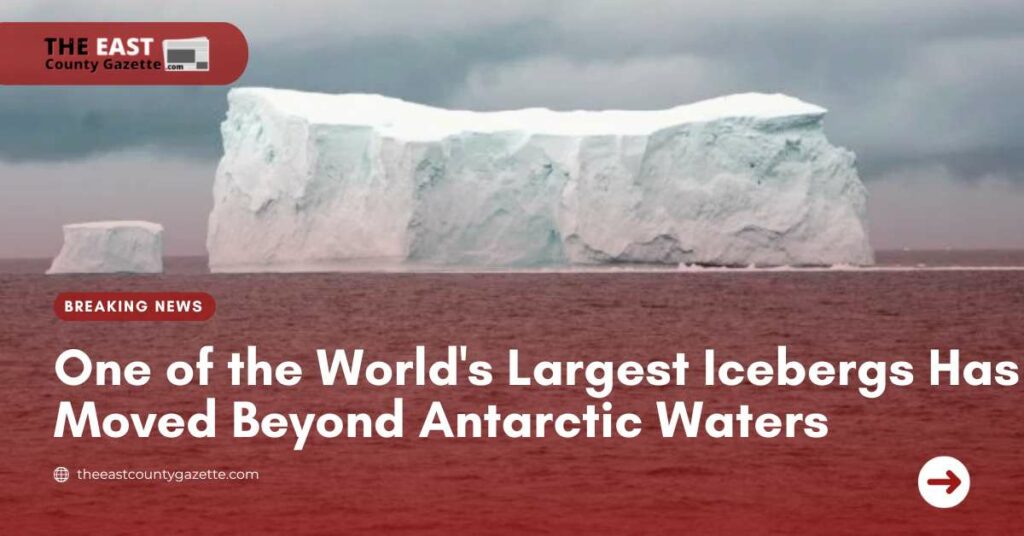According to the British Antarctic Survey, an iceberg that has been grounded for more than three decades and is now one of the largest icebergs in the world is moving beyond the oceans that surround Antarctica.
The iceberg, also known as A23a, broke off from the Filchner Ice Shelf in the Antarctic in the year 1986. However, it got stuck in the ocean floor and had remained there for a considerable amount of time in the Weddell Sea.
With a surface area of around 1,500 square miles, the iceberg is roughly equivalent to three times the size of New York City and more than twice the size of Greater London combined.
Have a look at this news—it’s really worth knowing:
One of the world’s largest icebergs is drifting beyond Antarctic waters, after being grounded for more than three decades, according to the British Antarctic Survey:
One of the world’s largest icebergs is drifting beyond Antarctic waters, after being grounded for more than three decades, according to the British Antarctic Survey. https://t.co/otCA5cEVXM
— ABC News (@ABC) November 26, 2023
An expert in remote sensing from the British Antarctic Survey named Andrew Fleming told the BBC on Friday that the iceberg has been drifting for the past year and that it now appears to be gathering up speed and heading past the northern tip of the Antarctic Peninsula with the assistance of wind and ocean currents. He said this information was provided by the British Antarctic Survey.
“I asked a couple of colleagues about this, wondering if there was any possible change in shelf water temperatures that might have provoked it, but the consensus is the time had just come,” Fleming told the British broadcaster.
“It was grounded since 1986, but eventually it was going to decrease (in size) sufficiently to lose grip and start moving,” said the researcher.
Fleming stated that the year 2020 was the first time he noticed movement coming from the iceberg. According to the British Antarctic Survey, it has now ungrounded itself and is following the currents of the ocean to reach sub-Antarctic South Georgia.

